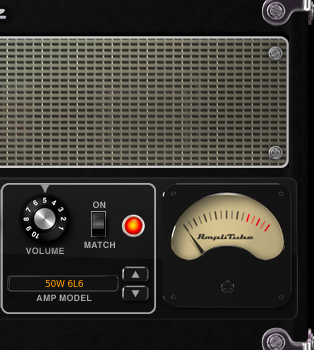Decoding alians:
Alians kan view earth from far away in space, because thoughts/ideas moves faster than light using only tele-empathetic wave-awareness which they send traveling embedded in quntum mechanics and musical/vibration and synthwaves. Alians enter now and then og make short or longer stops. Groundsbass and spikes, chords structure, musical scales, rymth, and singing. without talk and language!
Analog coded soundwaves converted to digital codes, oscillators etc.
As an object moves through air, it must push some of the air out of the way. But also, the object creates sound waves as it moves through the air. As a moving source of sound, the object causes the Doppler Effect. When that object reaches the speed of sound, air cannot readily move out of the way and a shock wave is formed. When the object is moving faster than sound, the resulting sounds travel behind the object, creating a sonic boom.
If you are sitting in a boat, a sound coming from the shore will seem louder than the same sound heard by a person on land. Sound seems to be amplified when it travels over water. The reason is that the water cools the air above its surface, which then slows down the sound waves near the surface. This causes refraction or bending of the sound wave, such that more sound reaches the boat passenger. Sound waves skimming the surface of the water can add to the amplification effect, if the water is calm.
When a wave strikes a material in which it travels slower, its direction is changed slightly if it strikes the material at an angle. This effect is called refraction. You have seen refraction when light passes through a pane of glass at an angle. The image is displaced, because the light rays were refracted. (See Refraction of Light for more information on this subject.) The same thing happens when sound enters a material in which its speed is slower than in normal air. The direction of the sound waves change slightly. Since the temperature of the water in a lake or ocean is usually cooler than the normal air temperature, the air just above the water level is cooled by the water. The temperature varies according to the distance from the surface of the water. This gradient of speeds would result in a lens effect due to refraction of sound. That means sound would tend to focus and thus increase its apparent loudness. Cool air bends sound and thus increases amplitude It is a strange effect that follows the principles of sound and wave motion. Reflection off surface of water If the water is smooth or calm, the sound waves skim the surface of the water and are reflected toward the observer in the boat, adding to the amplification. However, if the water is choppy, the sound is randomly reflected and make no contribution to the amplitude of the sound.
Sound waves can be classified into three groups, according to their frequency ranges. Infrasound consists of frequencies below 20 Hz, audible sound consists of frequencies between 20 Hz and 20,000 Hz (20 kilohertz), and ultrasound consists of frequencies over 20 kHz. Each type of sound is a series of longitudinal or compression waves that move through air or other materials. Sound does not travel in a vacuum. Like any waveform, sound has the characteristics of wavelength, frequency, amplitude, and speed or velocity. Sound waves are created by the vibration of some object, like the cone in a radio loudspeaker. The waves are detected when they cause a detector to vibrate.
Travels through matter Although it is commonly associated in air, sound will readily travel through many materials, such as water and steel. Some insulating materials absorb much of the sound waves, preventing the waves from penetrating the material. Does not travel in vacuum Because sound is the vibration of matter, it does not travel through a vacuum or in outer space
Travels through matter Although it is commonly associated in air, sound will readily travel through many materials, such as water and steel. Some insulating materials absorb much of the sound waves, preventing the waves from penetrating the material. Does not travel in vacuum Because sound is the vibration of matter, it does not travel through a vacuum or in outer space

